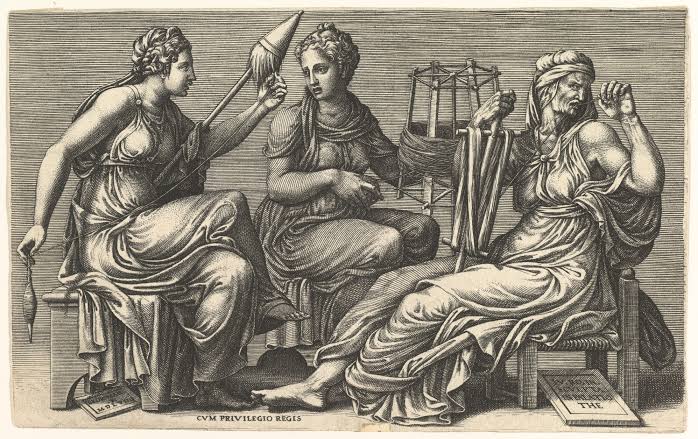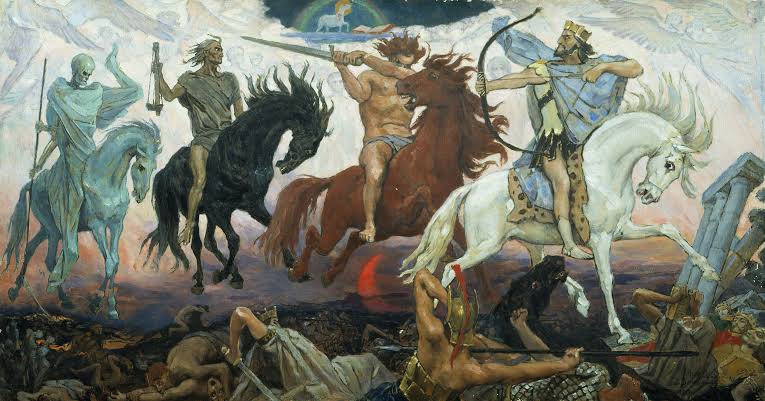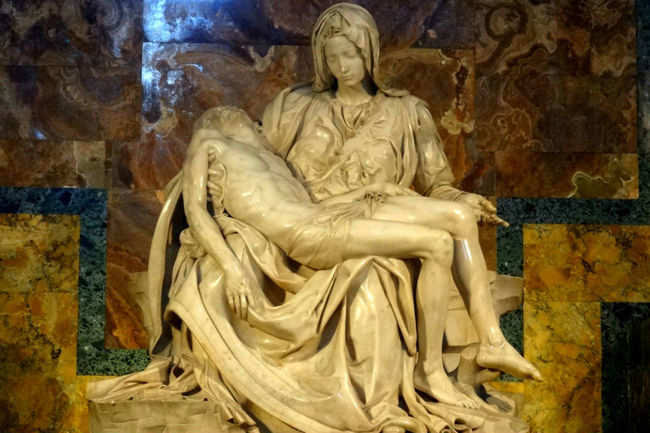J.M. Synge’s Riders to the Sea is embedded with many symbols highlighting the tragedy of the central character, Maurya. Most of the symbols are classic and typical suggesting the universal meanings. The careful and effective use of the symbolism has placed the play among the best tragedies.
The Key to Universality
“Riders to the Sea” expresses an integrated view of peasant life which Synge gained from his periods of residence on the Aran Islands. This is a play, not about a single event, but about a continuous struggle. It presents a seamless garment of time, the past extending into the future through the present. Its conflict is the perennial one of man, driven by adventure or necessity against the sea, which is both a source of life and death. This is a tragedy, remarkably economical in its exploitation of great visual archetypes and symbols—those stark icons which loom large behind the tragic action and agony of private lives.
Symbol of the Three Women
The three women—Cathleen, Nora and Maurya, reminiscent of the three sisters of fate, present an analogy which is ironic because of their inability to control destiny. The presence of the spinning woman and the attention given to the dropped stitches recalls the classical analogy in a persistent way throughout the play. The whirring of the wheel and its sudden silence generate an ominous interplay of tension and urgency, intensified by the sister’s anxiety over the dead sailor’s clothes. The pattern of fate is being spun and woven, through the symbols used. Consequently, as Cathleen asks for a knife to cut the “black knot”, ominous shadows of Clotho, Lachesis and Atropos rise behind the figures of Synge’s fate ridden women.

The Biblical Echoes
Synge’s symbolism is not just classical in origin, it is also specifically Christian in its evocation. In Maurya’s vision of Bartley on the red mare, followed by Bartley on the grey pony, Synge invokes the echoes of the horsemen of the Book of Revelation: “And I looked, and behold a pale horse; and his name that sat on him was Death”.
Bartley’s death is, for Maurya, at this moment, an accomplished fact. She withholds from him the loaf which she has taken to the spring well. This may be seen as a pathetic attempt of the cottage kitchen to comfort and sustain the riders to the sea, the futile efforts of the small world to reach into the large. Bread is a universal symbol of sacrament. Maurya’s failure to give the bread becomes a negation of sacrament, accentuated by her failure to utter a word of blessing.

Symbolism of Water: Ironic Reversal
The holy water which Maurya sprinkles over Bartley’s dead body and over Michael’s clothes invokes Christian symbolism placed in an ironic context. The drops of holy water become reminiscent of the insatiable appetite of the sea and remind us of the meaningless words of assurance uttered by the young priest: “…the Almighty God won’t leave her destitute with no son living.” Water becomes, in the course of the play, perversely identified with death and not life or regeneration. Maurya fails to bless Bartley by the spring well, her drops of holy water blesses his departed soul.
From the very beginning, it is understood that there is a form of opposition, not just between different symbols, but even within a single symbol. The paraphernalia of peasant life metamorphose into dramatic symbols which dissolve, coalesce and combine in tension or opposition to give depth or contrapuntal irony to the mechanics of an apparently simple theme. The nets, oilskins represent the sea as a source of sustenance, as a provider. Yet, the presence of coffin boards, a constant visual reminder of death, gives out a contrary idea of fatalism. The nets, therefore, seem to perform an opposite function—evoking an insidious atmosphere of entrapment.
Maurya: The Central Symbol of Tragic Heroism
Such antinomical imagery establishes itself as a visual element as Maurya sets out with staff of life in one hand and the staff of death (the drowned Michael’s stick), on the other. The subsequent vision leads her on to her private revelation of the double ritual of birth and death. To accept this as a vision of existence is to acknowledge the principle of necessity, to emerge from a state of submissive defeat to one of dignified awareness.
Errol Durbach points out in this context: “… built into her (Maurya’s) struggle against the sea is an almost fatalistic sense of predetermined failure…” She does more than merely oppose some external antagonist, the sea. She functions as a visual presence through which Synge articulates the invisible—the double movement of life and death.
In a way, Maurya’s name becomes a signifier of the prototypical Mary. The splendidly poetic evocation of the “Pieta” (image of sorrowing Mary over her son’s death), in the final moments of the play, the scattered images of boards, nails, clothes and the broken mother, transform the cottage into a site of universal mourning. The prayer for mercy embraces all mankind. Maurya concludes with a dignified recognition of the tragic axiom—through acceptance of necessity and death’s inevitability: No man at all can be living forever, and we must be satisfied.” This is where the symbols finally attain the desired significance. Maurya’s realization is no way less glorious or less heroic than those of the great classical heroes. This is where the symbols attain a universal and timeless resonance.

